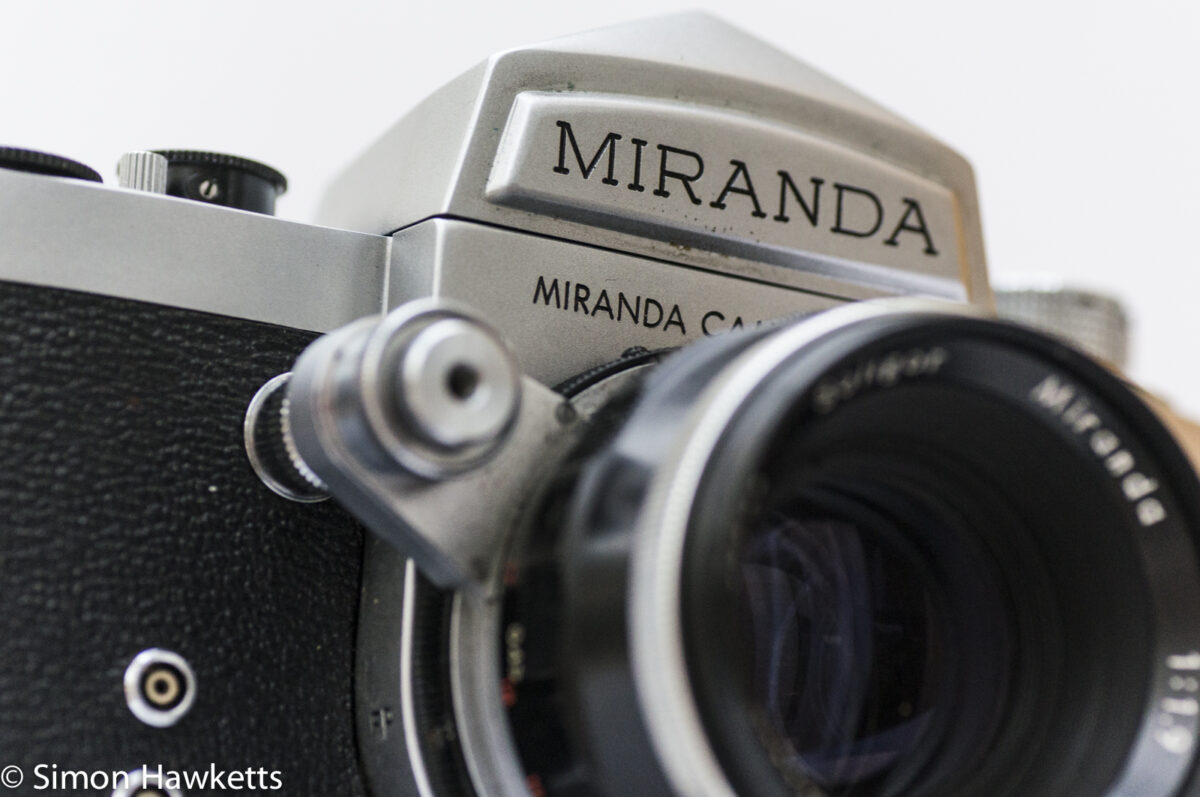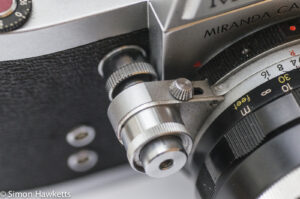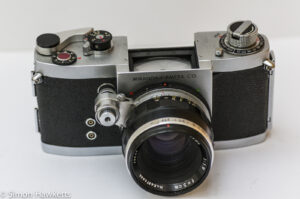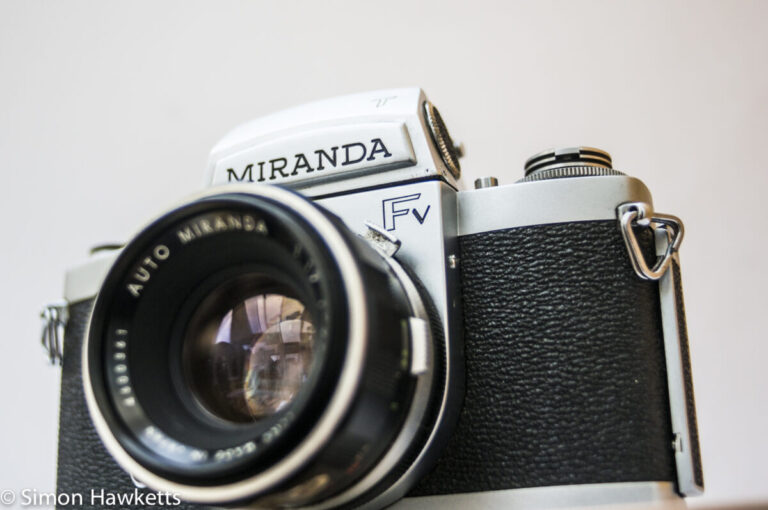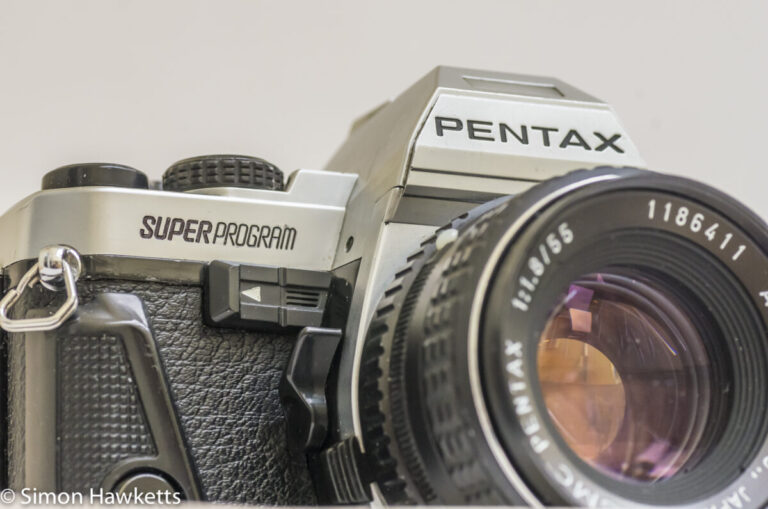Miranda Dr with 50 mm f/1.9 lens
This camera – the Miranda Dr is, at the moment, the oldest Miranda I have and just about the oldest camera of any make. This model started manufacture in 1961 which makes it about 3 years younger than me!
Miranda Dr Images
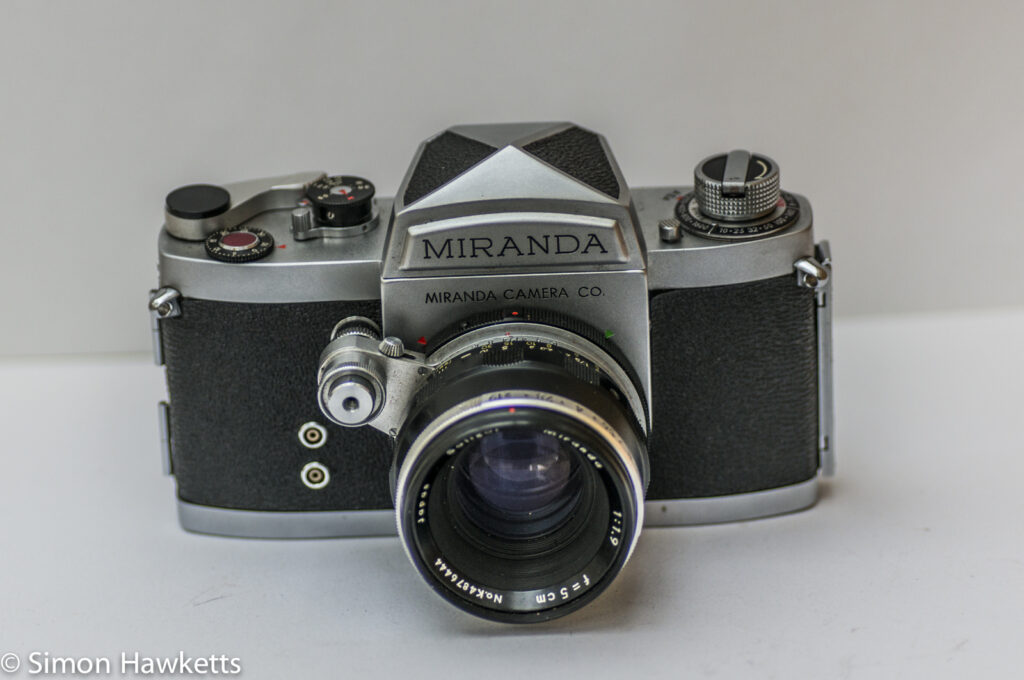
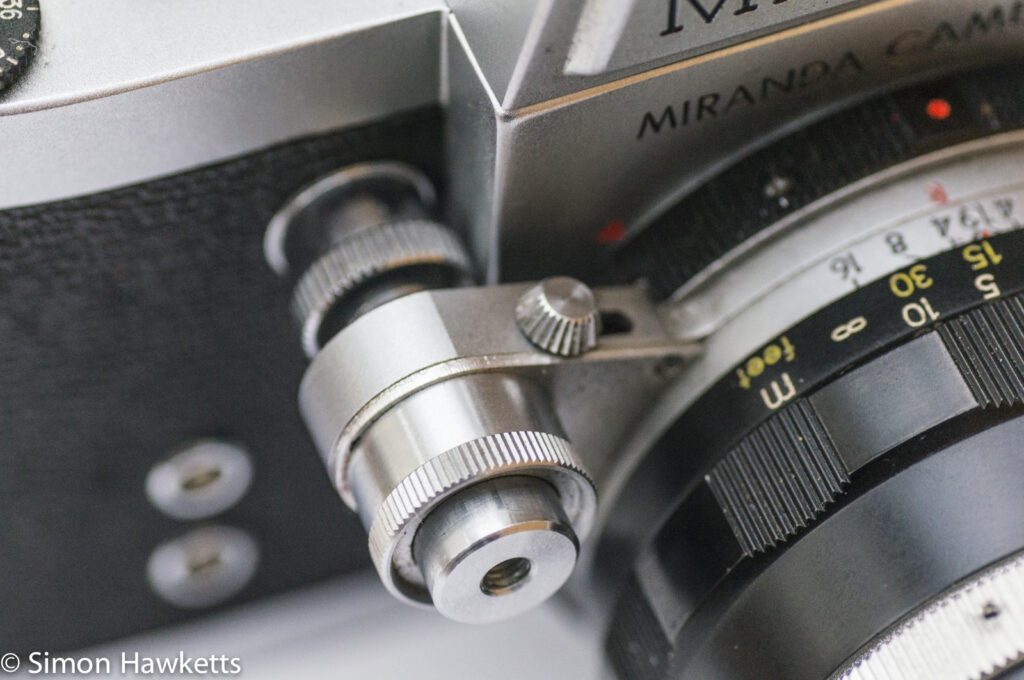
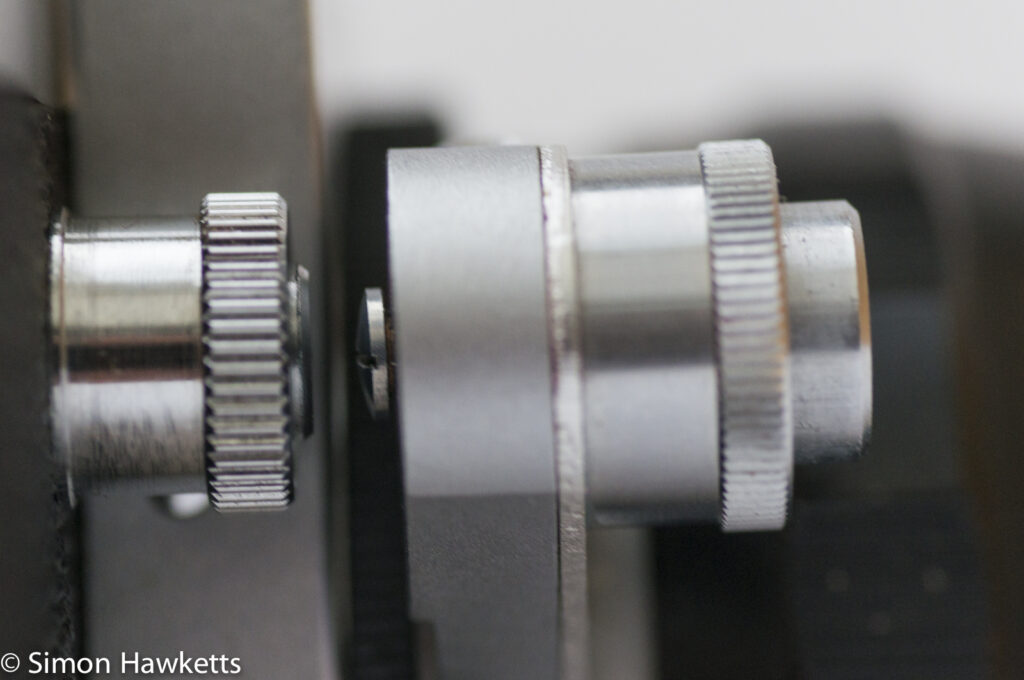
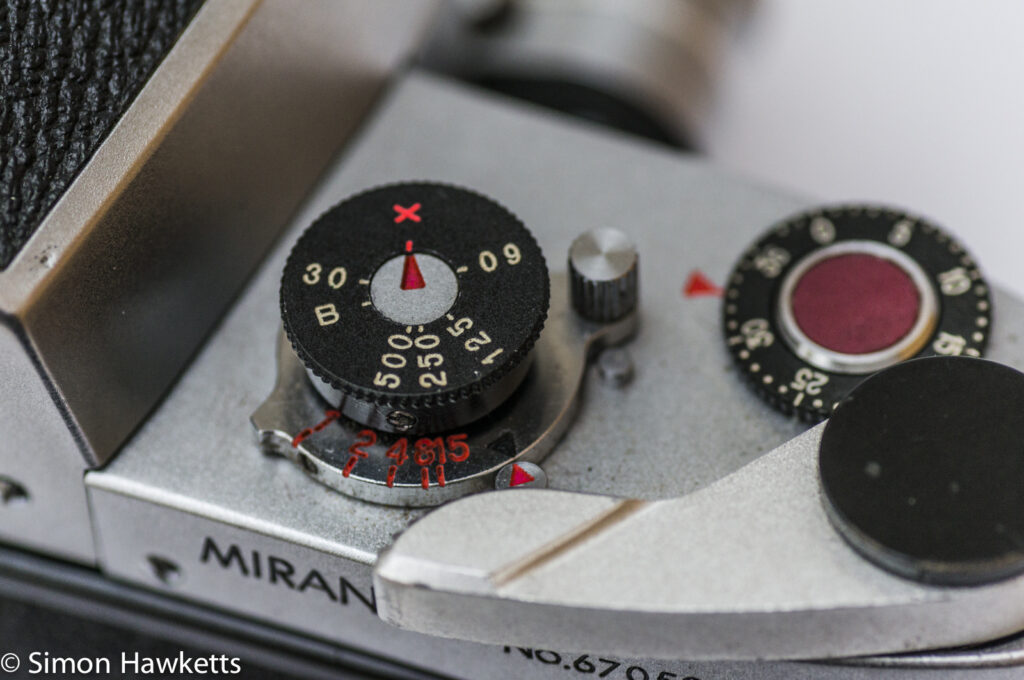

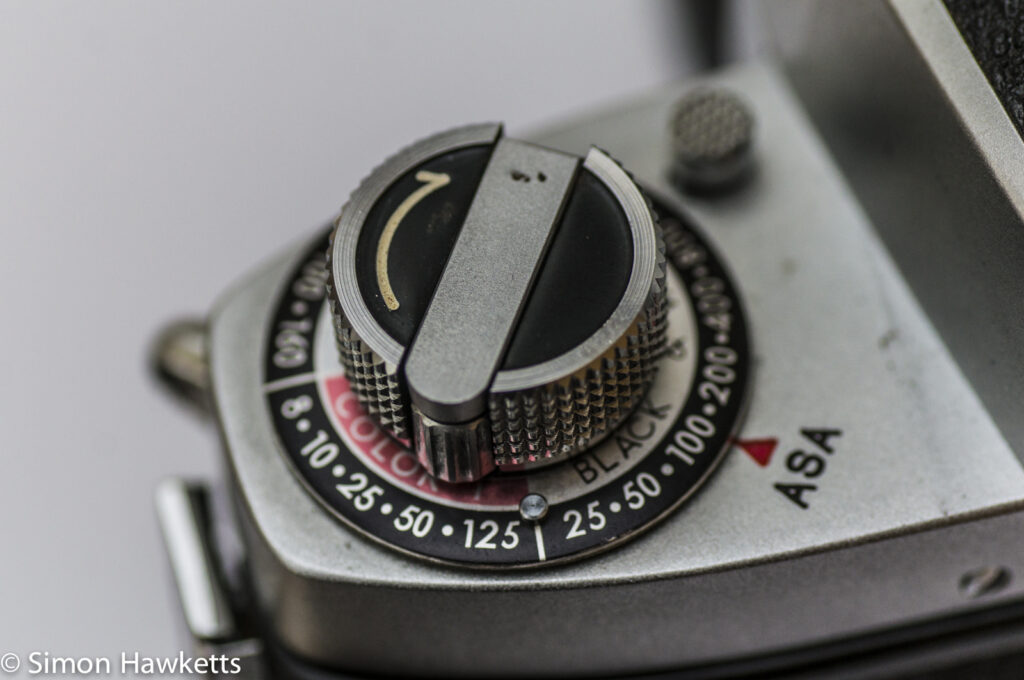
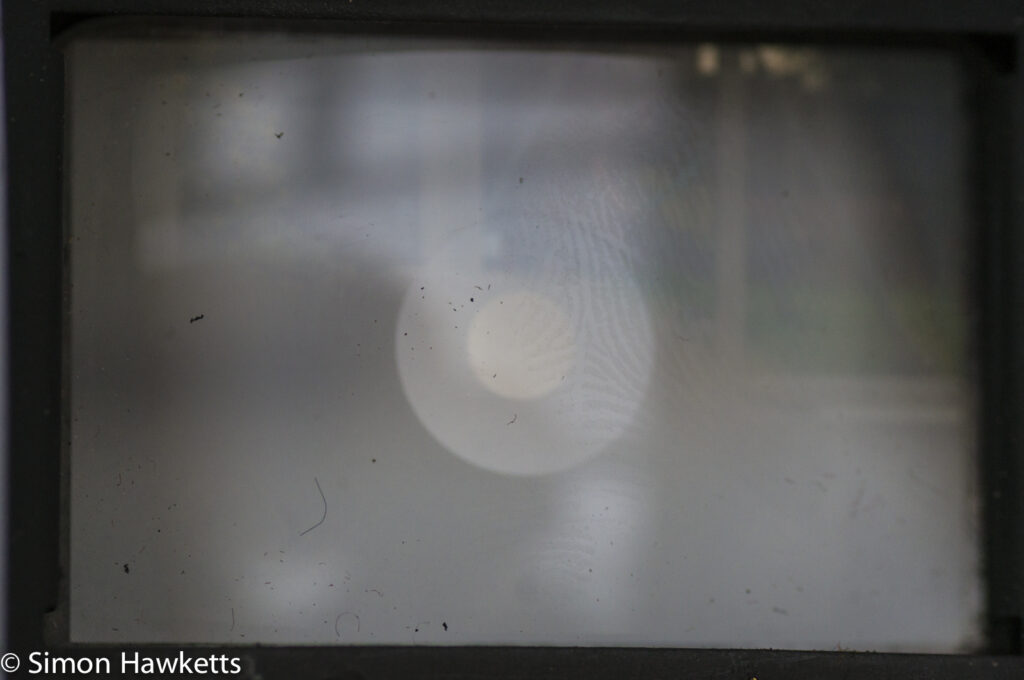
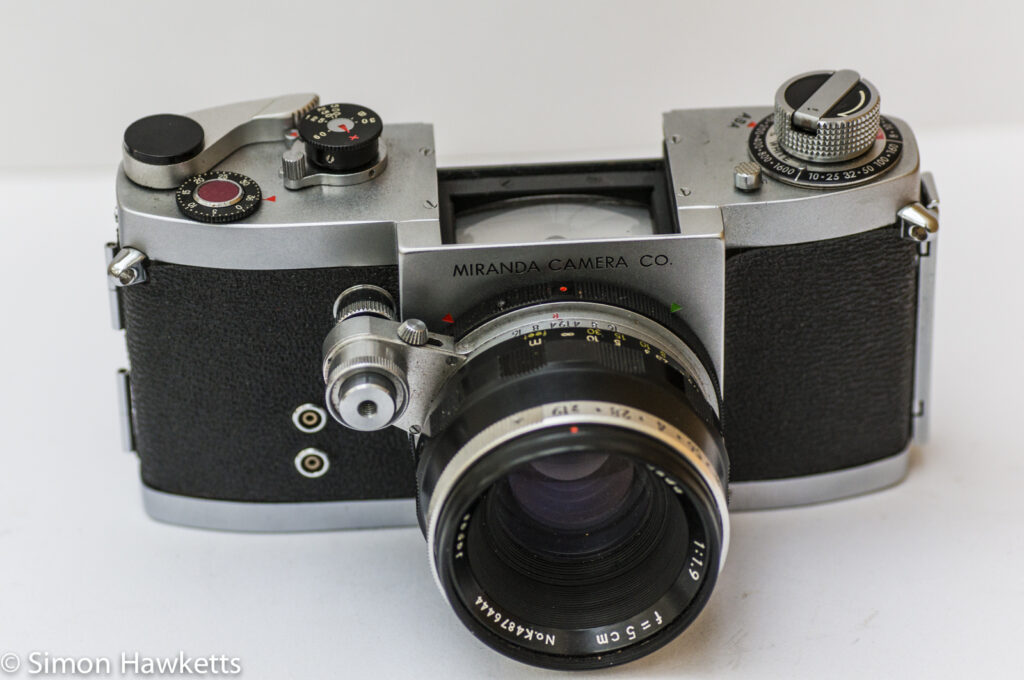
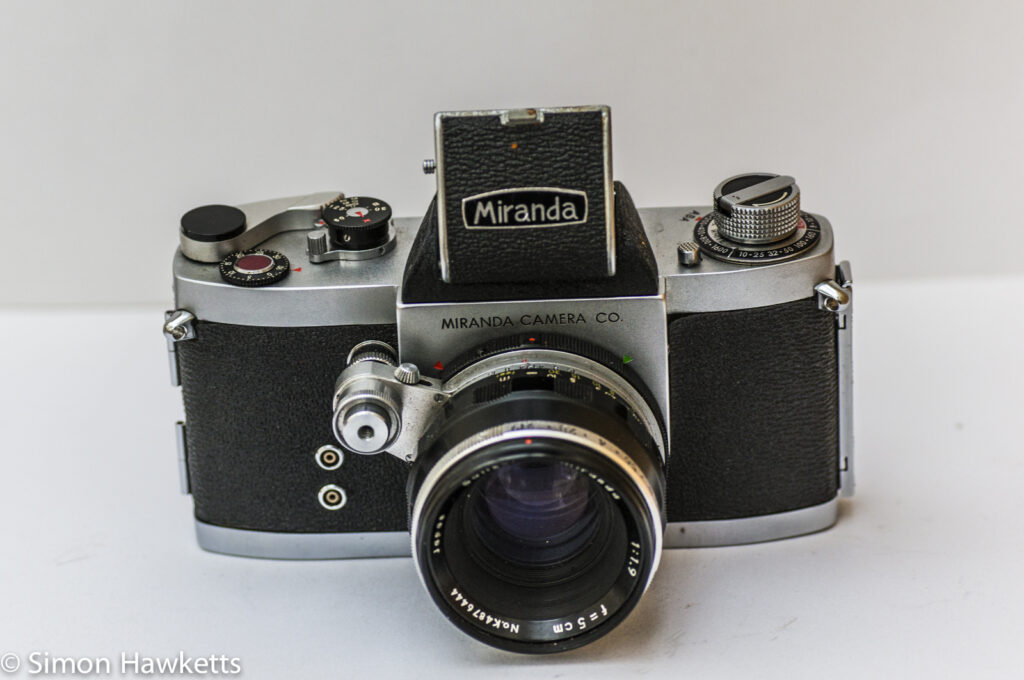
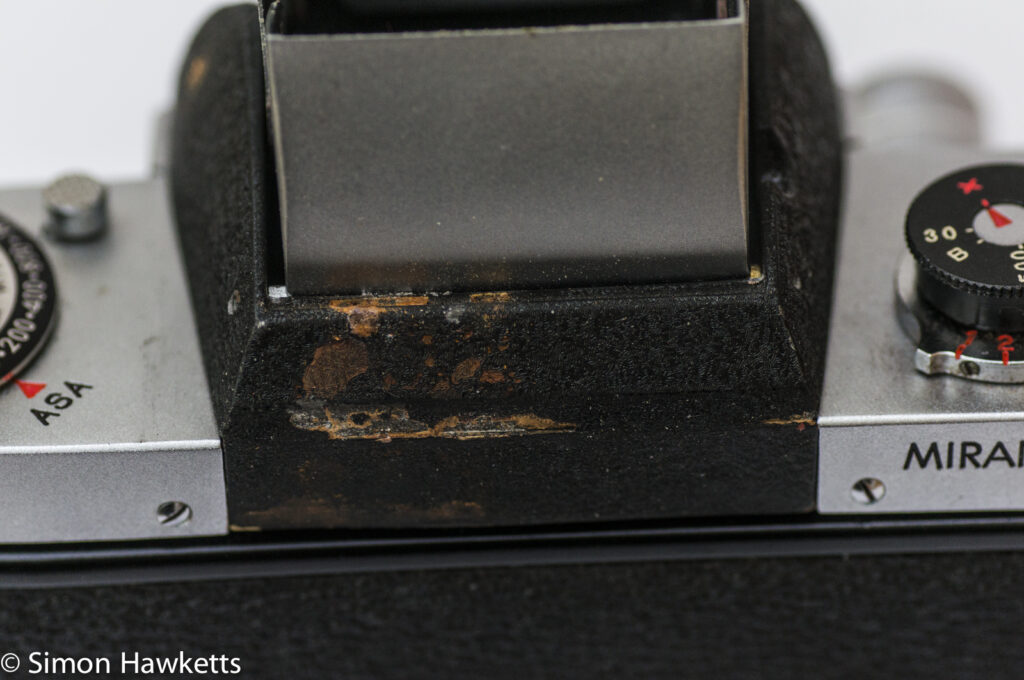
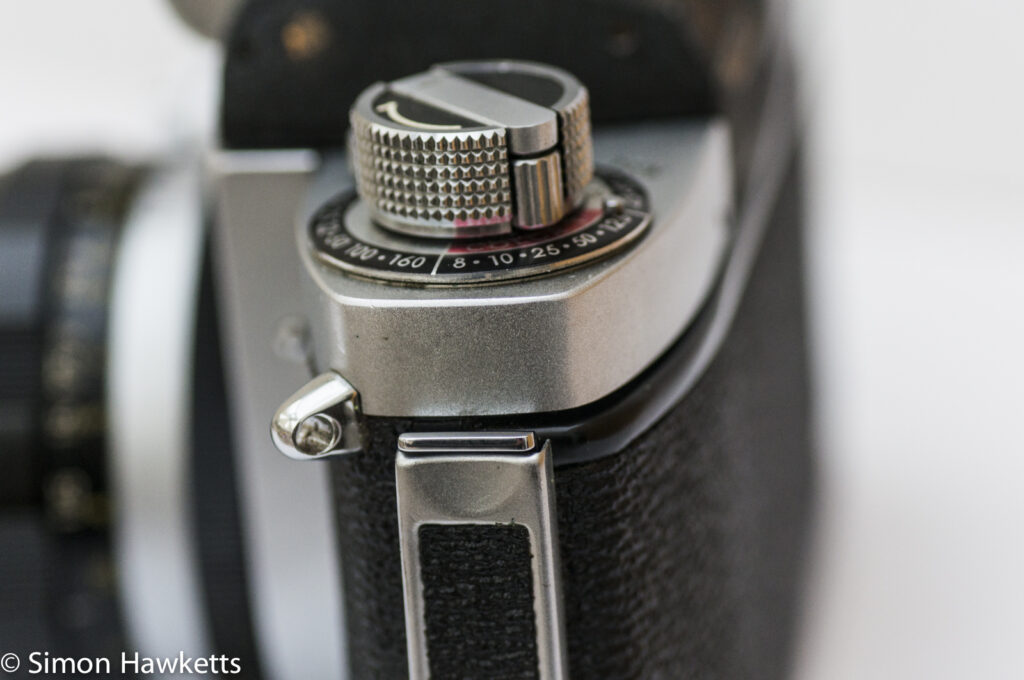
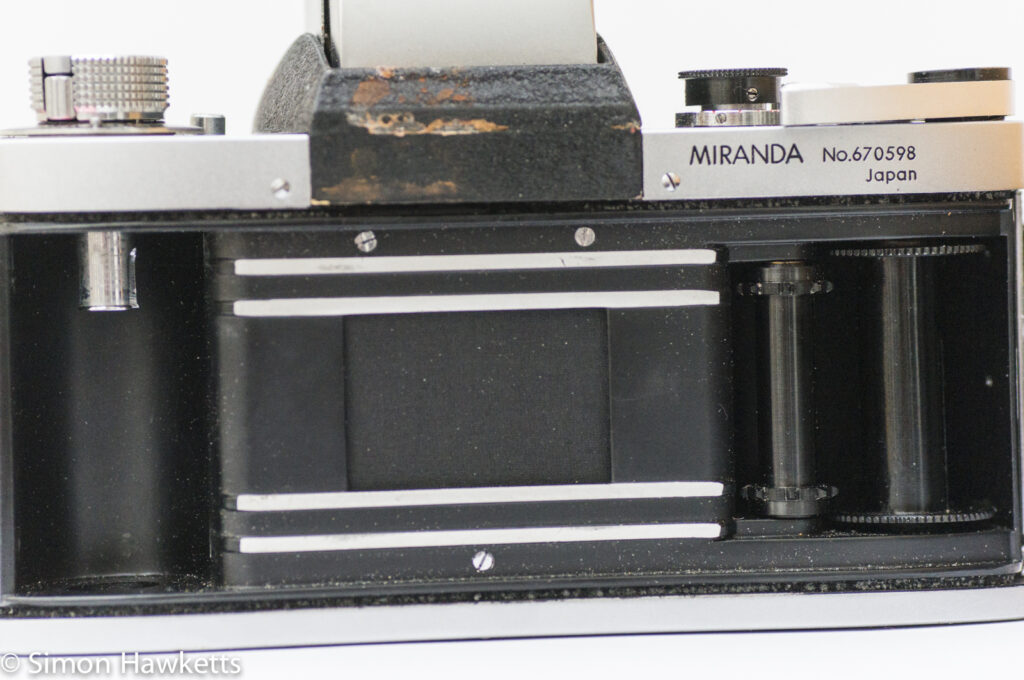
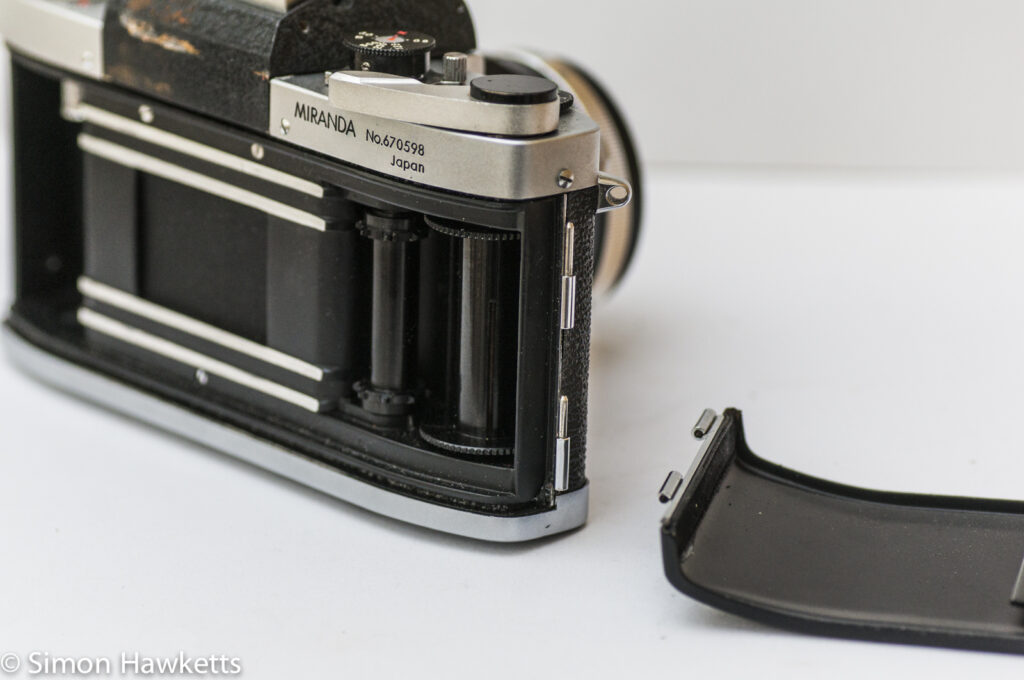
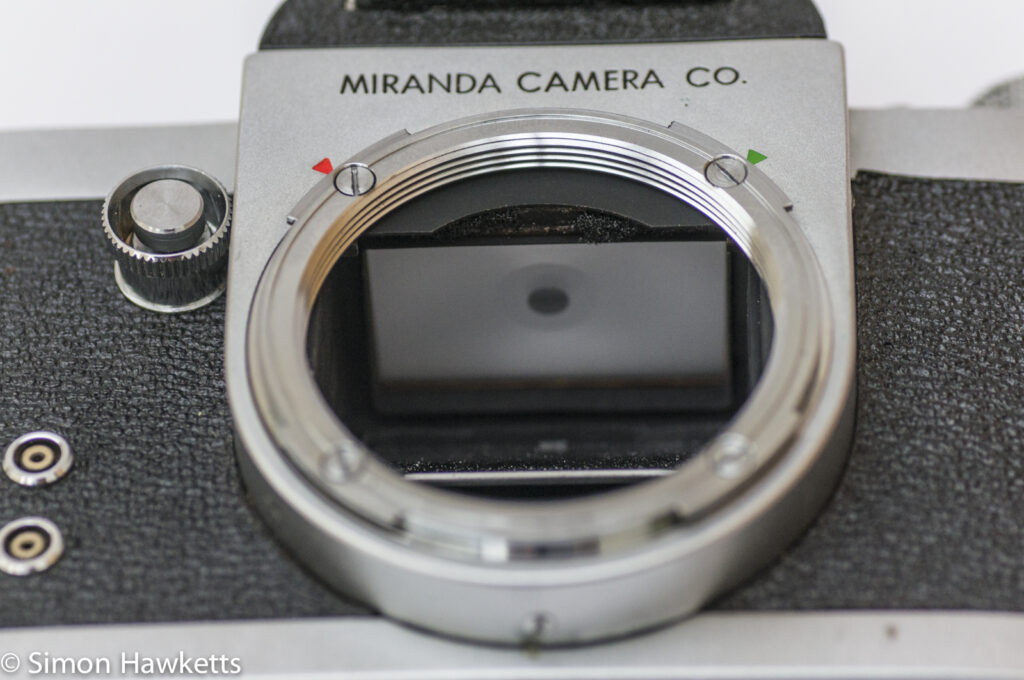
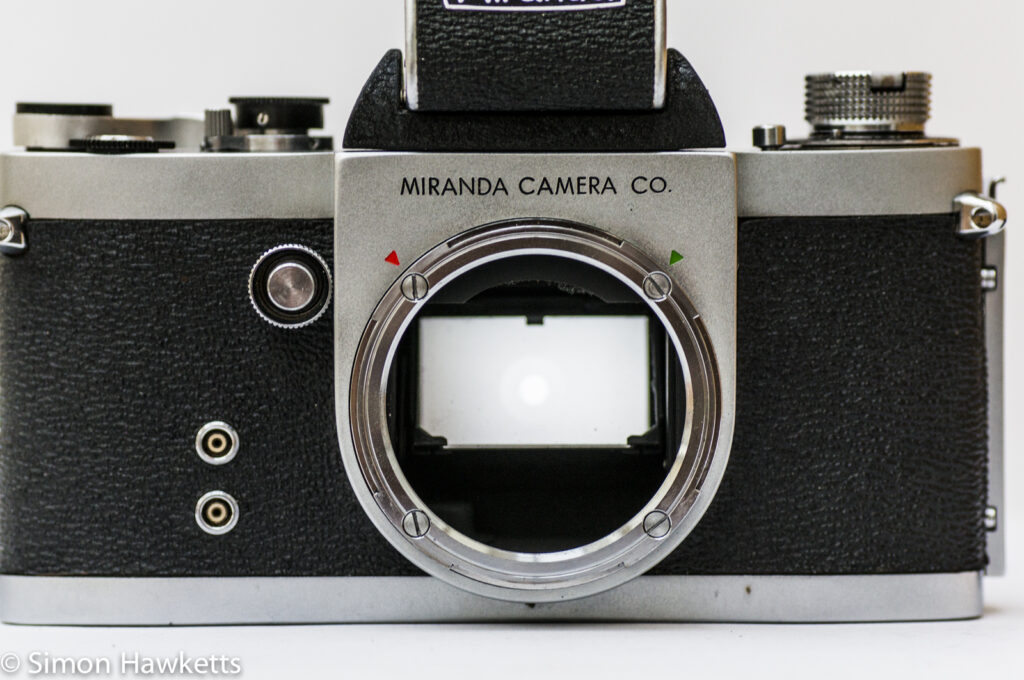
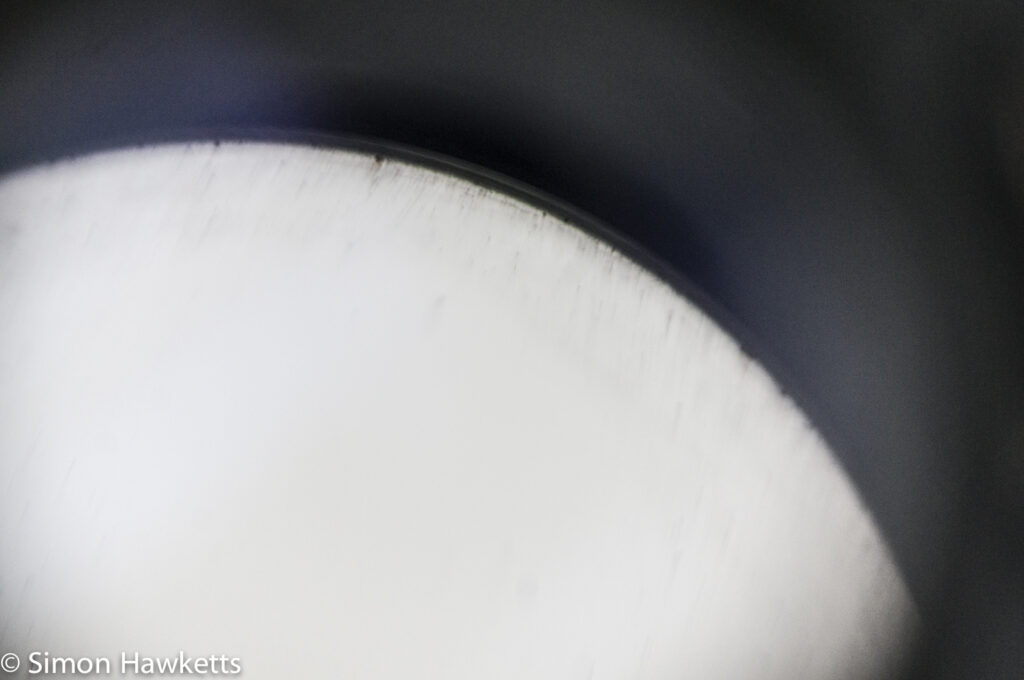

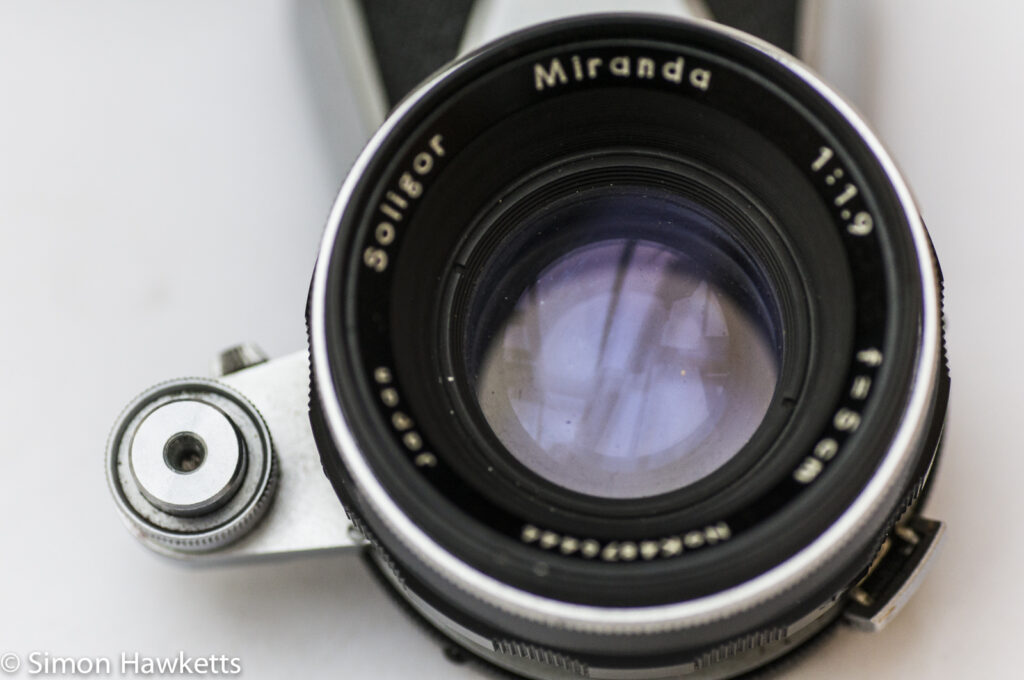
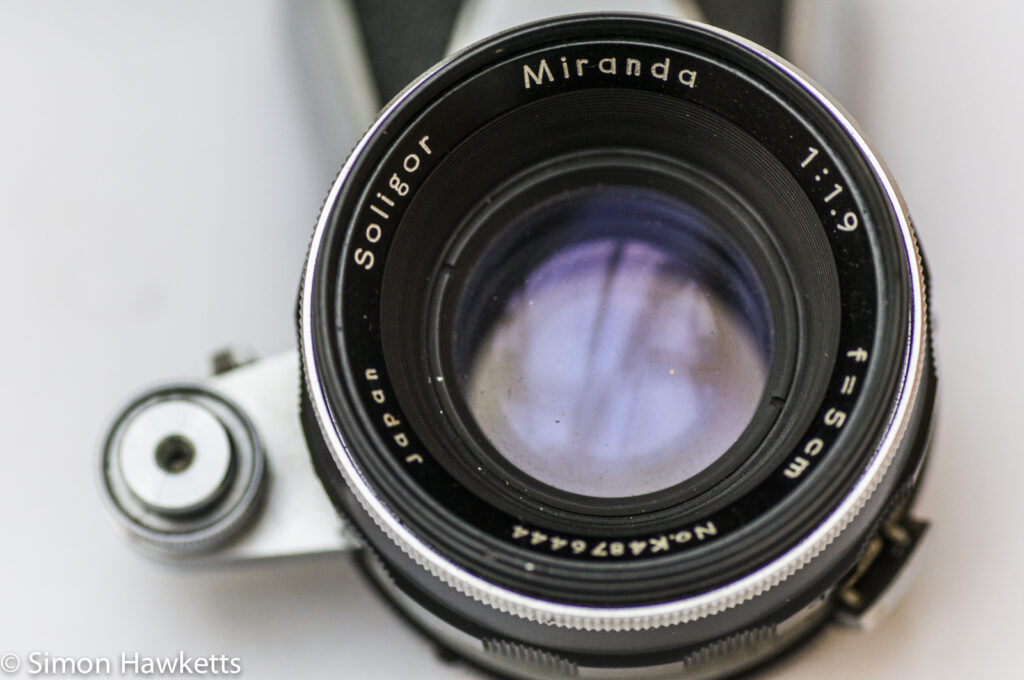
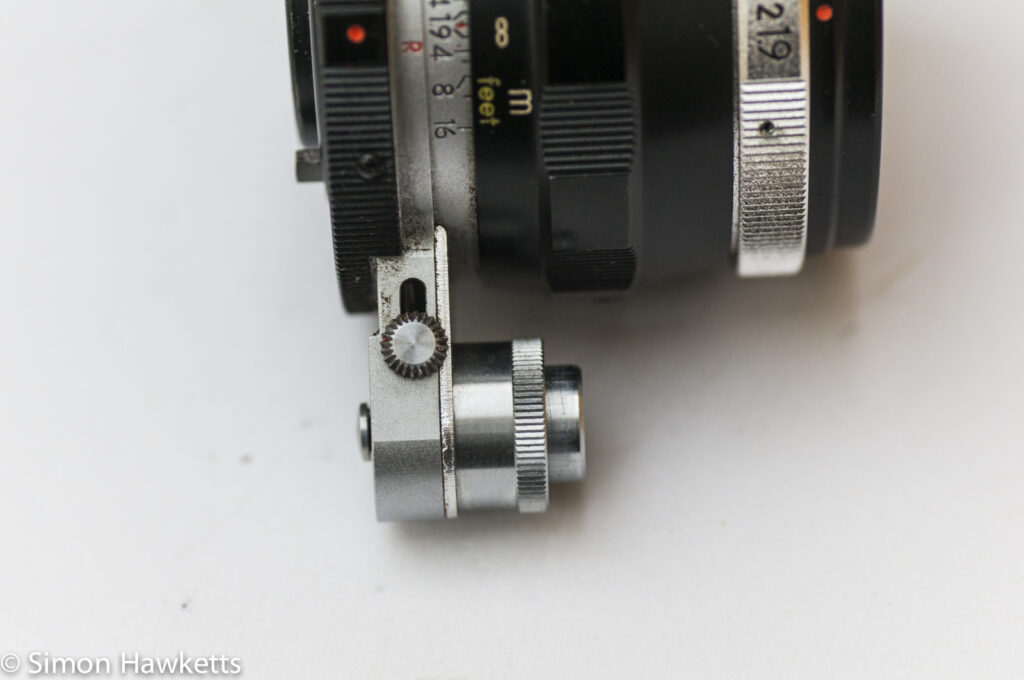
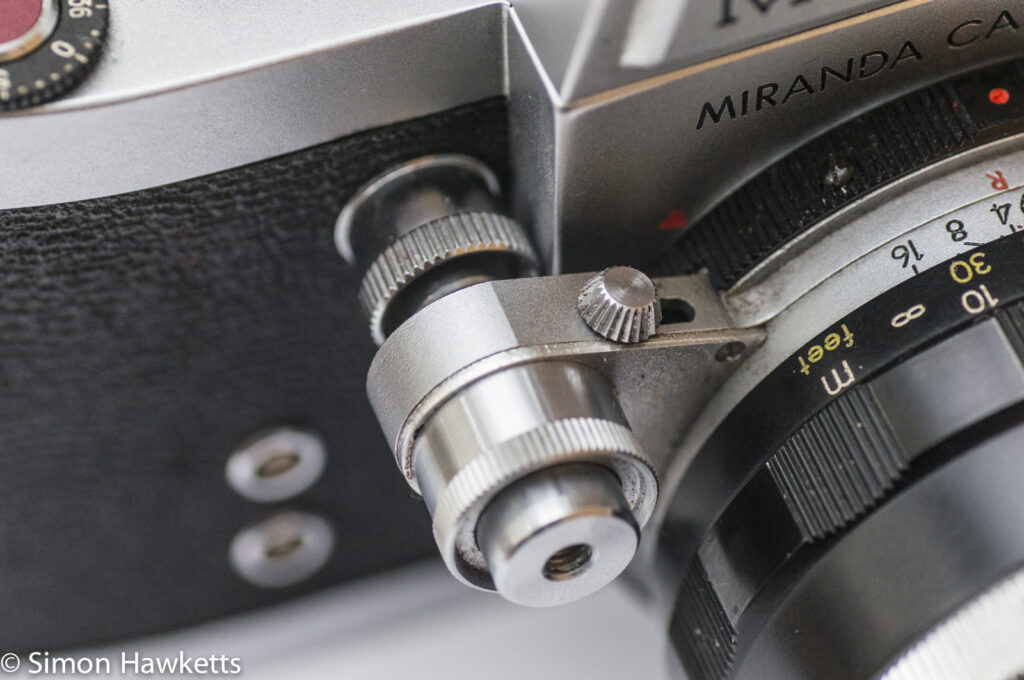
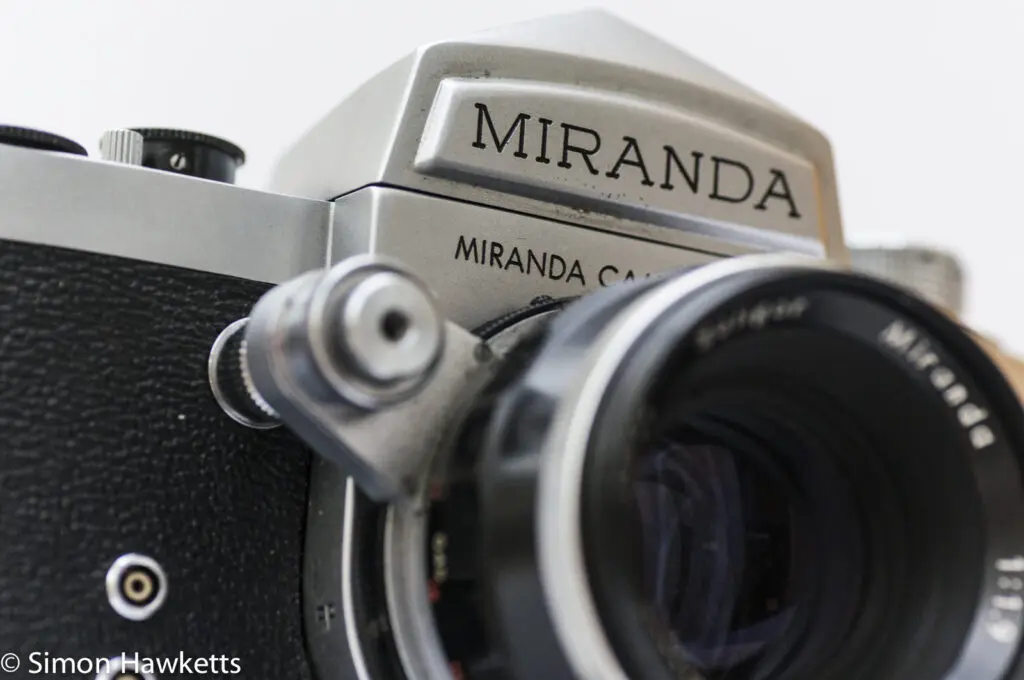
My Miranda Dr camera
I was initially feeling a little bit peeved about having bought this camera. It was advertised on eBay as ‘very good, with little sign of wear’ so I (possibly naively) thought that the owner had assessed its condition and was describing it as a working camera. On this basis I bid a bit higher than I usually would and paid £36 for it plus a bit for postage.
I was quite annoyed therefore when I received it and found that the aperture is oily and sticks, the lens has a ring of dirt and probably fungus and the shutter fired once and then froze and the film advance will not now move.
On a positive note, the camera is externally quite clean with no pitting on the chrome work, so it looks nice. I said initially felt a bit peeved because after a few messages to the seller on eBay, he agreed to a £20 rebate, so in the end I think I paid a fair price for it.
I’m reasonably confident I can get the lens and aperture cleaned up and working since I’ve done that before, but at the moment the shutter is just stuck, so I’m having to try to work out what is not moving and see what I can do to fix it.
Miranda Dr Description
Anyway, those issues aside, there are a couple of interesting features of the camera which mark it as coming from a certain place in camera history.
For example, the lens has a PAD (pressure activated diaphragm) mechanism, which allows the camera to be focused at fully open aperture and then the lens to be stopped down just before the picture was taken.
In newer designs, this was accomplished by having a lever or pin within the lens which was activated by a lever in the camera as the shutter was pushed, but this is a much simpler arrangement. There is a button on the lens which is situated just above the front facing shutter button. As the button on the lens is pressed, it stops the lens down to the selected aperture and the button then goes on to press the shutter release button on the camera. This feature can be disabled if desired by sliding a small button on the PAD lever, which made the aperture stop down as the aperture ring is adjusted.
Another interesting feature is the shutter speed dial, which is split into a fast speed and a slow speed dial. Speeds above 1/30th sec and set on one dial, and the lower shutter speeds are set on a second dial below the high speed dial. The slow speed dial also has a position which tells the camera to use the high speed dial. The only other camera which I’ve heard of which had this arrangement were early Leica’s, but I suspect I’ll not have one of those in my collection any time soon.
Like all the real Miranda cameras (as distinct from the Dixon’s Cosina made cameras) this unit has a replaceable viewfinder and the unit on this camera will also fit the Sensomat RE, Fv and F cameras in my collection, and would also fit any of the other older Miranda cameras. That means I can also use my waist level finder with it because although there was a waist level supplied, it has a large chunk of paint off and a fair amount of rust (a trace of rust was how the seller described it!).
There is no metering system on this camera – the photographer either used an external meter or used the ‘sunny 16’ rule to set the exposure, which as I remember was quite accurate with the black and white film I used to use.
Miranda Dr Specifications
- Miranda Dr 35mm SLR camera.
- Soligor/Miranda 50mm f/1.9 PAD lens.
- 1sec to 1/500sec + B shutter.
- f/1.9 to f/16.
- Close focusing to 17 inch
- Removable/replaceable viewfinder.
- Micro prism focusing aid in focusing screen centre
- X and FP flash sync. X at 1/45sec, FP at 1/125sec.
- Front plate shutter release.
- Miranda dual mount lens.
- Tripod mount in base plate.
- Removable back
- Manufactured about 1961
- Manual available on-line here
Discover more from Everything Vintage
Subscribe to get the latest posts sent to your email.

